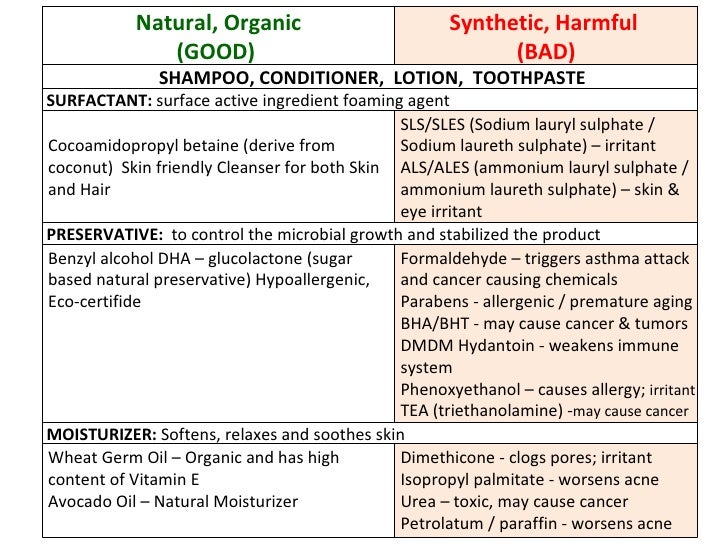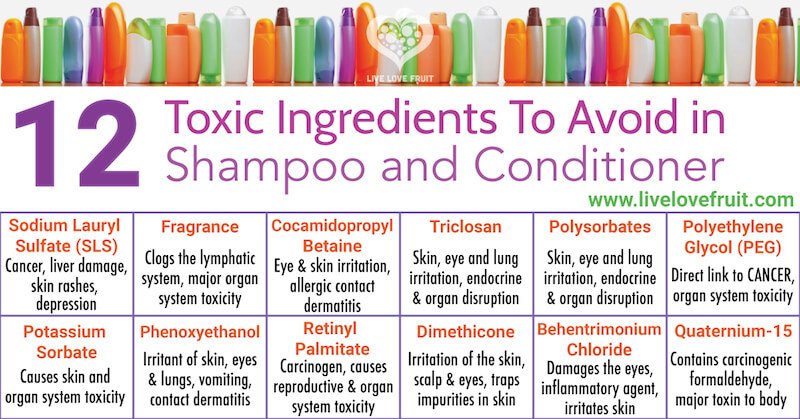Pick up any shampoo, shower gel, toothpaste or bubble bath from your local supermarket and study the ingredients. One of the major ingredients listed will be SLS. This is a common ingredient used for its foaming properties. But is it a great foaming agent or could it cause Cancer?
SLS for short. Pick up any shampoo, shower gel, toothpaste or bubble bath from your local supermarket and study the ingredients. One of the major ingredients listed will be SLS. This is a common ingredient used for its foaming properties.
A lot of scare stories have been broadcast lately concerning the dangers of SLS. The general public would be forgiven for thinking that because it is on sale in our shops then it must be safe for the average consumer.
My interest in chemicals stems from an article I read blaming chemicals in products we use on our skin for the increase in Cancer related illnesses and it got me thinking. I remember reading on a bottle of fabric conditioner that it contained Formaldehyde (dictionary description is a colourless pungent irritating gas CH2O) and thinking why on earth would this be in a bottle of pleasant smelling fabric conditioner? and do I really want that on my childrens clothes? After that I became almost fanatical about reading the ingredients of some of my most trusted home and body products. I came to the conclusion that the products that we place on our skin and are absorbed into our blood stream are safe in small amounts; otherwise the Government would not allow them to be sold. But what is a small amount? What if you are a 2 shower-a-day person, or what if you are not of an average build? A small amount to any average adult could be a huge amount to a small child.
I am neither a chemist nor a cancer sufferer, however I do believe that many of the illnesses we suffer as a race are of our own doing. If you take your typical day and try to add up all the chemicals you use on your body you will no doubt be alarmed. For example: showering - using shower gel, shampoo and conditioner, brushing your teeth, cleansing, toning and moisturising, applying make-up, using deodorants, using hair products like hair gel or hairspray. And that is just your morning routine. Now look at the clothes you put on. They are not made with chemicals but they are certainly washed in a few and then worn next to your skin. The amount of times you might wash your hands during the day using a bar of soap or a liquid soap, the cleaning products you use around your home. If all those products contain just a tiny amount of SLS, then by the end of a day your body should have absorbed a fair amount. Now expand this over your lifetime.
The manufacturers material safety data sheet on Sodium Laureth Sulphate indicates the following:
Common name: Sodium Laureth Sulphate, DX2495
Causes mild irritation on contact with skin, eyes or mucous membranes. Skin contact could cause irritation or allergic reaction. Moderately toxic by ingestion.
Tests on lab animals indicate material may cause mutagenic effects.
Protect Eye: YES
Protect Skin: YES
Prolonged skin contact my cause dermatitis and skin sensitisation. May cause eye burns.
Sodium Laureth Sulphate initially began its life as an industrial degreasant and garage floor cleaner, able to clean oil off of garage floors. When applied to human skin it does the same thing, it strips off the oil layer and then irritates and erodes the skin in an attempt to clean it. That is why most body products contain glycerin to help re-oil the skin.
"Sodium Lauryl Sulphate has a low molecular weight and so is easily absorbed by the body. It builds up in the heart, liver and brain and can cause major problems in these areas." (Judi Vance, Beauty To Die For, Promotion Publishing, 1998)
Tests on children recently have shown they have chemicals in their bodies that were banned from before they were born. This generally means that they absorbed those chemicals from their parents during conception or pregnancy.
Tests show foetuses subjected to these substances do not develop functioning eyes, and they are implicated in the formation of cataracts in adults. Peter Dunn.
There may be some truth in the view that this fear concerning SLS is a scare tactic put about by companies selling products free from SLS. But to help you make up your mind, would you go to a car store and buy a degreasant and feel completely comfortable rubbing this into your skin? And what about the skin of your baby?
The fact is that SLS and other chemicals have been implicated in the huge rise in Cancer related illnesses (1 in 8000 in the 80s and 1 in 3 in the 90s) and the increase in asthma in children. I am sure it is not the only chemical that is doing us harm, however it is the public that has the power to change things. The companies making the products make millions each year; it would not cost them much in comparison to find an alternative to SLS. They are unlikely to do this unless they face pressure from the buying public. Make a stand when doing your weekly shop, it may cost you more in the long run but what price do you put on your health and the health of your family?


Tidak ada komentar:
Posting Komentar